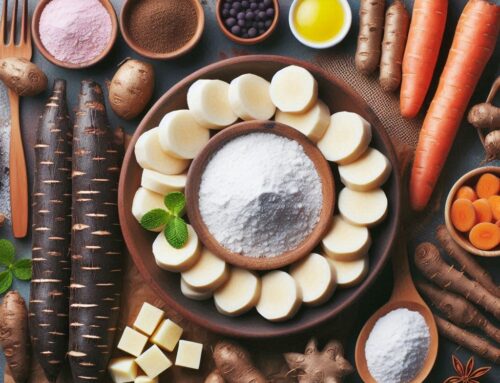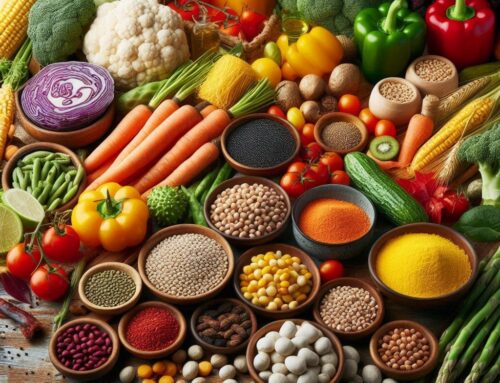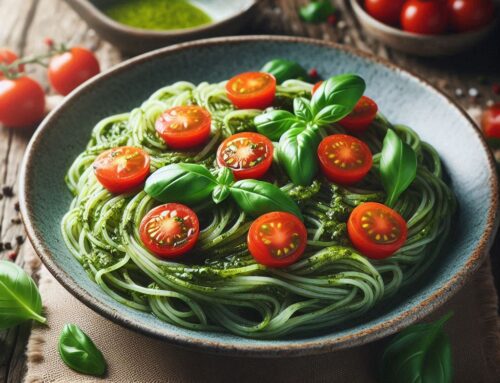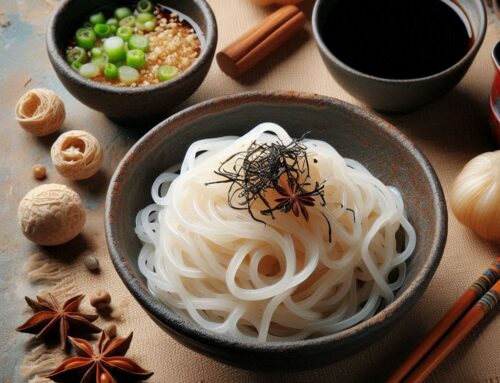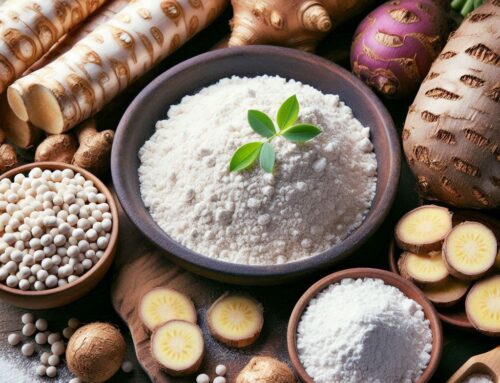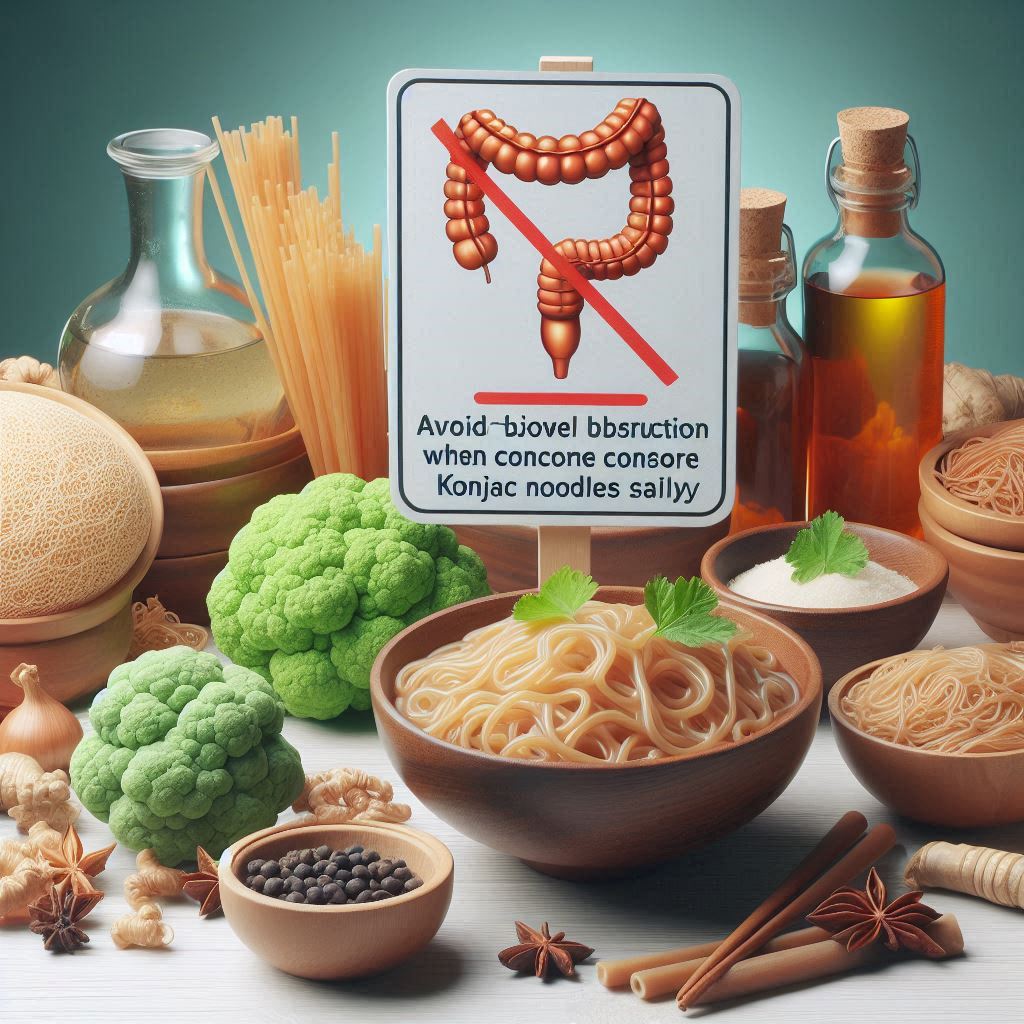
Understanding Konjac Noodles: What Are They and Why Are They Popular?
Konjac noodles, often referred to as shirataki noodles, have gained popularity as a low-calorie pasta alternative that caters to health-conscious individuals and those looking to manage their weight. These unique noodles are made from the root of the konjac plant, which is native to parts of Asia. The plant’s root contains glucomannan, a type of soluble fiber that forms the primary component of konjac noodles.
One of the main reasons for their rising popularity is their minimal calorie content. Unlike traditional pasta, which can be calorie-dense and high in carbohydrates, konjac noodles are virtually calorie-free and contain little to no carbohydrates or fats. This makes them an excellent option for those following low-carb or ketogenic diets.
Beyond their role as a diet-friendly food option, konjac noodles also offer several health benefits. The glucomannan fiber in these noodles can aid digestion by promoting regular bowel movements and helping maintain healthy cholesterol levels. Additionally, glucomannan has been shown to support blood sugar management by slowing down the absorption of sugar in the bloodstream.
As more people become aware of their nutritional advantages and versatility in various dishes—from stir-fries to soups—konjac noodles continue to be embraced by both chefs and home cooks alike. Their ability to absorb flavors while providing a satisfying texture similar to traditional pasta makes them a valuable addition to any kitchen seeking healthier alternatives without compromising taste or satisfaction.
The Nutritional Profile of Konjac Noodles: What You Need to Know
Konjac noodles, often celebrated for their low-calorie content, have become a popular choice among health-conscious individuals. Understanding the nutritional profile of these noodles can help you make informed dietary choices. One of the most appealing aspects of konjac noodles is their remarkably low calorie content. Unlike traditional pasta, which can be calorie-dense, konjac noodles typically contain less than 10 calories per serving. This makes them an excellent option for those looking to reduce their caloric intake without sacrificing volume or satisfaction.
Another key component contributing to the health benefits of konjac noodles is their high dietary fiber content. Derived from the glucomannan fiber in the konjac plant, these noodles are particularly rich in soluble fiber. This type of fiber is known for its ability to absorb water and form a gel-like substance in the digestive tract, which can promote feelings of fullness and aid in weight management efforts. Additionally, this soluble fiber may contribute to improved digestion and support healthy blood sugar levels by slowing carbohydrate absorption.
In summary, when exploring konjac nutrition facts, it’s clear that these noodles offer a unique combination of extremely low calories and high dietary fiber content. Incorporating them into your diet could be beneficial if you’re aiming for weight loss or simply seeking healthier meal options without compromising on taste or texture.
Potential Health Risks of Consuming KonjacNoodles Improperly
Konjac noodles, often celebrated for their low-calorie and high-fiber content, have gained popularity as a health-conscious alternative to traditional pasta. However, it’s important to be aware of the potential health risks associated with consuming these noodles improperly. One of the primary concerns is the risk of bowel obstruction. Konjac noodles are made from glucomannan, a type of soluble fiber that expands when it absorbs water. If not consumed with adequate fluids or if eaten in large quantities too quickly, there is a possibility that these noodles could swell excessively in the digestive tract, leading to blockages.
Additionally, some individuals may experience digestive issues with konjac noodles. These can range from mild discomforts such as bloating and gas to more severe reactions like abdominal pain or diarrhea. This is particularly true for those who are not accustomed to high-fiber diets or who consume large amounts without gradually increasing their intake.
To minimize health concerns with them, it is crucial to follow preparation instructions carefully and ensure they are consumed with plenty of water. Introducing them slowly into your diet can also help your digestive system adjust better. As always, if you experience any adverse symptoms after consuming konjac products, it’s advisable to consult a healthcare professional for personalized advice.
Tips for Safe Consumption of Konjac Noodles
Konjac noodles, also known as shirataki noodles, have gained popularity as a low-calorie alternative to traditional pasta. However, it’s important to consume them safely to avoid any potential digestive issues such as bowel obstruction. Here are some essential tips for enjoying konjac noodles without compromising your health.
Firstly, when preparing shirataki noodles, rinse them thoroughly under cold water. This step helps remove the natural odor of the konjac root and ensures that they are clean before consumption. Next, boil the noodles for a few minutes; this not only improves their texture but also makes them easier to digest.
Portion control is another crucial aspect of consuming them safely. Due to their high fiber content and ability to expand in the stomach, it’s best to start with small portions and gradually increase your intake as your body adjusts. This approach can help prevent any discomfort or digestive blockages.
Additionally, pairing them with other foods can aid in safe consumption. Incorporate plenty of vegetables and lean proteins into your meal for balanced nutrition and improved digestion. Chewing thoroughly is also important; it aids in breaking down the fibers further before they reach your digestive tract.
Staying hydrated is vital when eating high-fiber foods like shirataki noodles. Drinking enough water throughout the day can help facilitate digestion and reduce the risk of bowel obstruction from konjac products.
By following these best practices for eating konjac noodles safely—rinsing thoroughly, controlling portions, chewing well, balancing meals with other nutrients, and staying hydrated—you can enjoy this healthy pasta alternative while minimizing any potential risks associated with its consumption.
Culinary Tips: Preparing Delicious and Safe Dishes with Konjac Noodles
Konjac noodles, also known as shirataki noodles, have become a popular choice for those seeking a low-calorie and gluten-free alternative to traditional pasta. These translucent, gelatinous noodles are derived from the konjac yam and are celebrated for their unique texture and ability to absorb flavors. However, preparing delicious and safe dishes with them requires some specific culinary tips.
When cooking with shirataki noodles, it’s essential to start by rinsing them thoroughly under cold water. This step helps remove the natural odor of the konjac plant. After rinsing, boiling the noodles for about two to three minutes can further improve their texture and readiness to absorb flavors.
Flavoring konjac dishes safely involves using fresh ingredients and avoiding cross-contamination in your kitchen. Incorporating bold spices like garlic, ginger, or chili can enhance the taste of these otherwise neutral-tasting noodles. For recipes with konjac noodles that truly shine, consider pairing them with robust sauces such as soy sauce-based dressings or creamy peanut sauces that cling well to their slippery surface.
Finally, remember that while experimenting with different recipes is encouraged, maintaining food safety is paramount. Always ensure meats are cooked thoroughly before combining them with your prepared shirataki noodles. By following these cooking tips for shirataki noodles and focusing on safe flavoring techniques, you can create delightful meals that satisfy both taste buds and dietary preferences.
The Role of Hydration in Preventing Digestive Issues When Eating Konjac Noodles
When it comes to enjoying them, understanding the role of hydration is crucial for maintaining digestive health. Konjac noodles are known for their high fiber content, which can be beneficial for digestion but may also pose challenges if not consumed with adequate water intake. Proper hydration helps ensure that the fiber in konjac noodles moves smoothly through the digestive tract, preventing issues such as bloating or constipation.
To optimize your digestive experience when eating these fiber-rich foods, consider incorporating a few hydration tips into your routine. First and foremost, aim to drink a glass of water before and after consuming them. This practice supports the fiber’s ability to absorb water and expand within the digestive system, aiding in regular bowel movements.
Additionally, it’s important to maintain consistent water intake throughout the day. This not only benefits overall health but also enhances the effectiveness of dietary fibers like those found in konjac noodles. By prioritizing hydration alongside your meals, you can enjoy these low-calorie alternatives without discomfort.
In summary, while konjac noodles offer a nutritious option for those seeking high-fiber meals, they require mindful consumption paired with adequate hydration. By following these simple tips on water intake with konjak consumption, you can prevent potential digestive issues and fully enjoy the benefits of this unique food choice.


